7 Essential Lessons I Learned at San Francisco Cooking Schoolfeatured
Why hello there, long lost friends, how I’ve missed you! I have been deep in the trenches of Cooking School and I have so much to tell you. This update is super belated…I wrote it, meant to post it ages ago, and then I started my externship at Locanda and got a taste of real restaurant life. Apparently working in a kitchen is like living in a bizarre alternate universe where one can go for days without even think of turning on a computer. Mostly because by the end of the day your hands are shot to hell and can at best flop around on the keyboard like fish out of water. Dead hands and all, it was worth it. I’ve learned a lot, accomplished more than I thought I would or could, and well, this weekend, I graduate! Boom. In any case, I have a whole back log of stories to tell you, but let’s start with this. (I know, I’m going all out of order here…this is starting to read like a Quentin Tarantino movie.)
Time travel back with me to two months ago. My in-class time at San Francisco Cooking School has just ended and I reflect on lessons learned as I prepare for the start of my externship…
I’ve been immersed life at the San Francisco Cooking School, and fat pants and fishy hands aside, I am loving every minute of it.
SF Cooking School came into my life somewhat fortuitously. I had been invited to cover the opening of the school for a preview story and the more I learned about the school, the more I fell in love with school’s philosophy, curriculum, and culture.
A small, intimate class. Hands-on, practical learning. And access to some of the best chefs and resources San Francisco has to offer. Sign me up! I pulled the trigger and so began my adventures in cooking school. It’s impossible to distill everything I’ve learned into a few short paragraphs, but here are a few of the big takeaways:
EFFICIENCY
Perhaps one of the biggest differences between cooking for pleasure at home and cooking with a purpose in a professional setting is the pace at which you are expected and required to work. At school, we are taught from day one to work with a sense of urgency. Whether it is a matter of using the right tool for the job, organizing your mise en place, or even walking with purpose, your goal is to work fast and work smart.
BATCH MOTIONS
Along the same lines of efficiency, you’ll work quickest if you batch together similar motions. For example, if you are forming meatballs, you wouldn’t portion out and roll each meatball one at a time. Instead, you would want to portion out the entire batch, then roll out the meatballs all at once. The work will go twice as fast. Trust me, I learned the hard way. At school, we are taught to pay attention to what are “wasted motions” or wasted effort. If you find that you have to put down and pick up your knife/utensil a lot, or if you find yourself in an awkward position, stop and reevaluate your work flow. Always arrange your work in a way that lets you complete your task with minimal effort.
ON BUTCHERY
One of the most memorable lessons we had was taking down a half hog with 4505 Meats. What a treat to be able to be able to learn about butchery from one of the leading butchers in town.
It’s amazing how similar most animals are structured. If you learn the basics of breaking down a chicken, for example, you can follow the same rules of thumb for breaking down a whole hog. Use your fingers and look for joints and natural breaking points. Follow the bone when you’re trying to remove meat from bone. Let gravity work for you.
Don’t waste anything. We used every bit of that beautiful hog. We made sausage and cured salumi, we used the leaf lard for pie dough, saved the bones for stock, made chicharrones with the skin, and even fried up the ears (PSA: pig ears splatter. A lot.)
TASTE. TASTE. TASTE.
This is probably a no brainer, but of course, one of the most important things about cooking is learning how to taste your food and then having both the know-how and ability to correct it. That second part is where it can get tricky. In order to know how to correct a flavor, you need to have some understanding about how tastes work together (how does salt balance bitterness for example), and what flavors complement one another. You need to develop your library of taste memories and then be able to draw on that information when the time comes.
Within the first week of school, we had a taste workshop with Barb Stuckey. We delved into the science of taste and learned a lot — You can smell through your mouth! Butter has no taste!! (what you perceive as the taste of butter is just aroma and texture) — ultimately, this workshop set the stage for what we were all there to learn: how do you make food taste good?
Over the past few months, we worked on tasting critically and building up our taste library. As we cooked, a tasting spoon was always at the ready. We learned to taste throughout different stages of a dish, and were even blind-tested on scent recognition of spices.
GEEK OUT
At SF Cooking School, we’re taught not just how to follow a recipe, but how to understand how and why it works so that we can fix it if something doesn’t go as planned. Understanding the whys involves a bit of science. What is happening on a molecular level when a mayonnaise breaks? Why does it then make sense to add a bit of warm water to fix it? You can go down a rabbit hole of information on any given topic when it comes to food. What I’ve come away with is to never stop seeking out the “why.”
IT’S NOT ALL SUNSHINE AND RAINBOWS
As lovely and romantic as it sounds, a career in professional cooking has its hard realities. Pep talks from SF Cooking School deans Craig Stoll and Daniel Patterson were half pep, half tell-it-as-it-really-is reality checks. Life in the kitchen is serious physical work. Hours are long. Pay is…sobering. Running a restaurant is a business and being a chef is as much about managing costs as it is about creating delicious food. And, as much as we love our local, organic, responsibly grown goods here, when breaking down a case of artichokes is one of a gazillion things on your prep list for the day, you are not being paid to fondle the produce. Which is not to say there isn’t the utmost respect for the product, there is…just, fondle on your own time.
CALIFORNIA CUISINE
It may not be all sunshine and rainbows, but we still have it pretty darn great here in San Francisco, and SF Cooking School will be the first ones to celebrate that. One of the big draws to the school for me was the focus on making use of the Bay Area as a learning ground. We hit the Monterey Fish Market on a 5 a.m. field trip and learned about sustainable fishing. We went foraging with local foraging legend, Hank Shaw. We pickled and fermented everything we could get our hands on with Cortney Burns from Bar Tartine.
SF Cooking School gave us a strong foundation of classic French techniques. We learned the mother sauces. We consumed more butter and cream in four months than we probably had cumulatively in life to date. We suffered through turning vegetables that were not meant to be perfect little six-sided footballs into perfect little six-sided footballs. But, we also embraced modern California cuisine. We cooked with the season. We feasted on local fruits and vegetables, knew the name of the farmer our hog came from, and made our own sourdough bread (Lil Spence, our starter, was a fantastic class pet).
Over the next two months, I’ll be continuing my education at Locanda where I’m externing! I have no doubt that I will learn a ton from Chef Anthony Strong and his talented team. I have a feeling I will get pretty good at prepping artichokes by the end of my externship. Rest assured, they will remain unmolested on the job.
For your viewing pleasure, here are a few snapshots from a day in my life at San Francisco Cooking School:
This post was published on KQED’s Bay Area Bites on May 23, 2013.


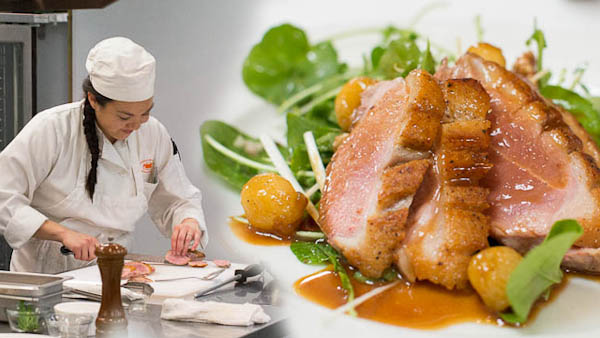
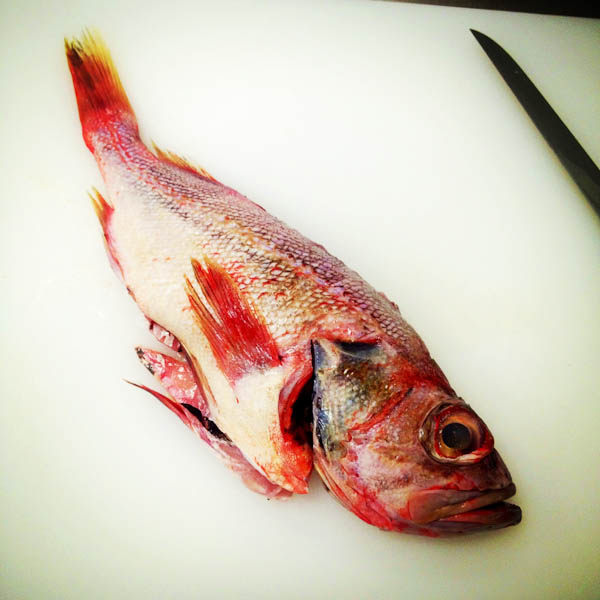

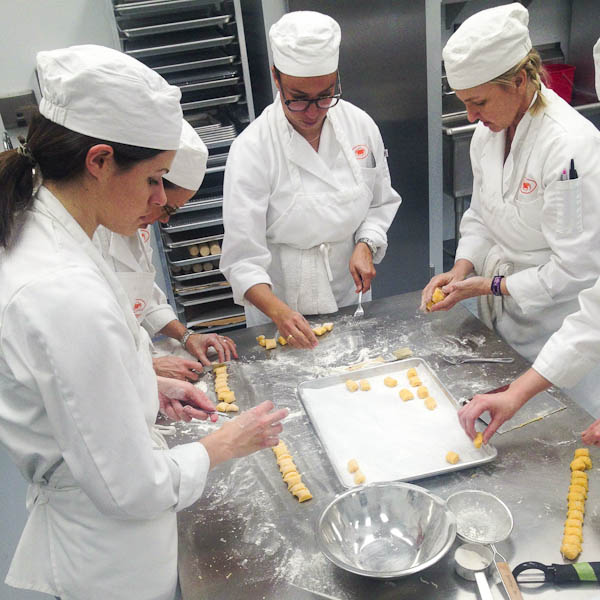

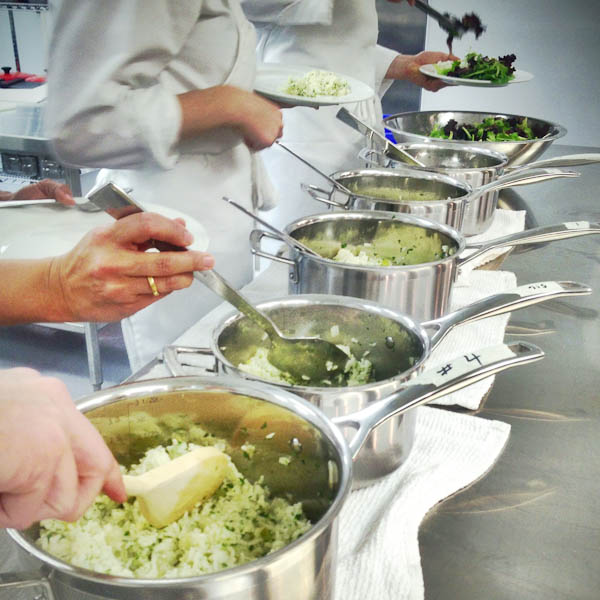
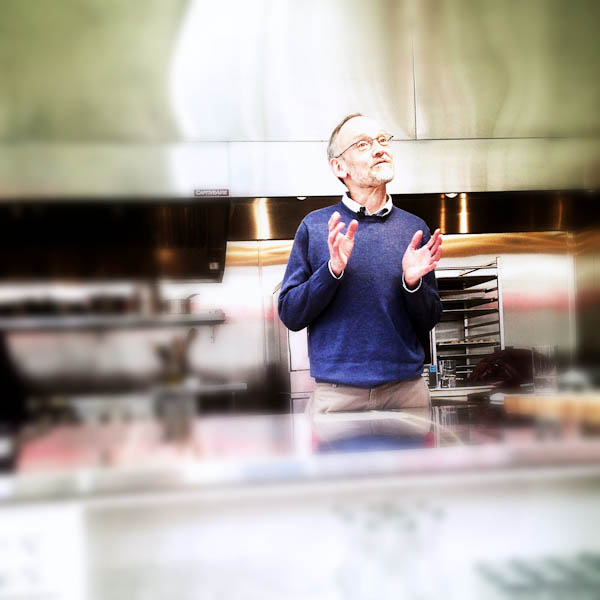

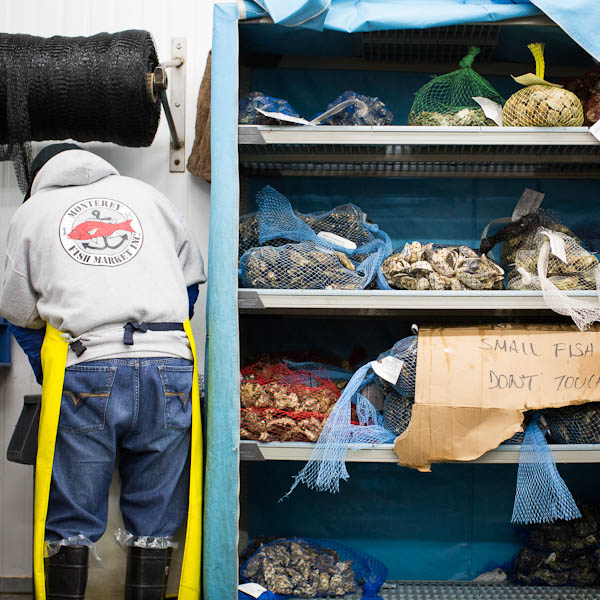
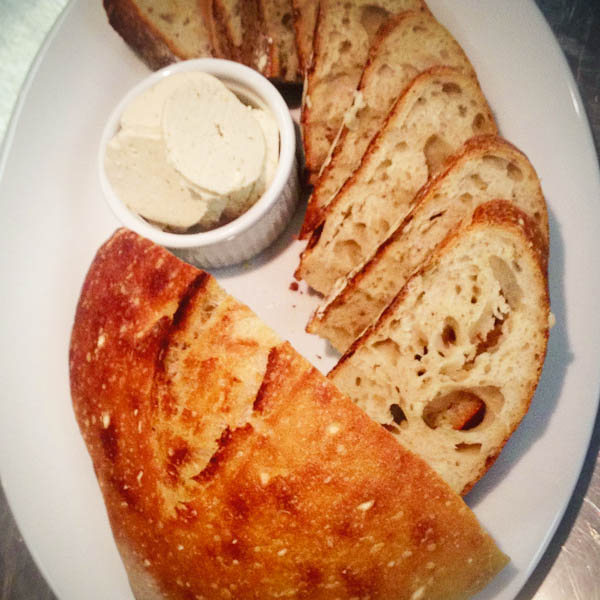

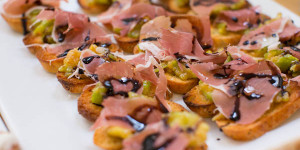
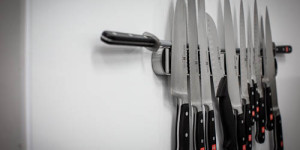
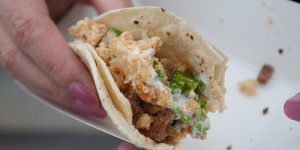

Add comment